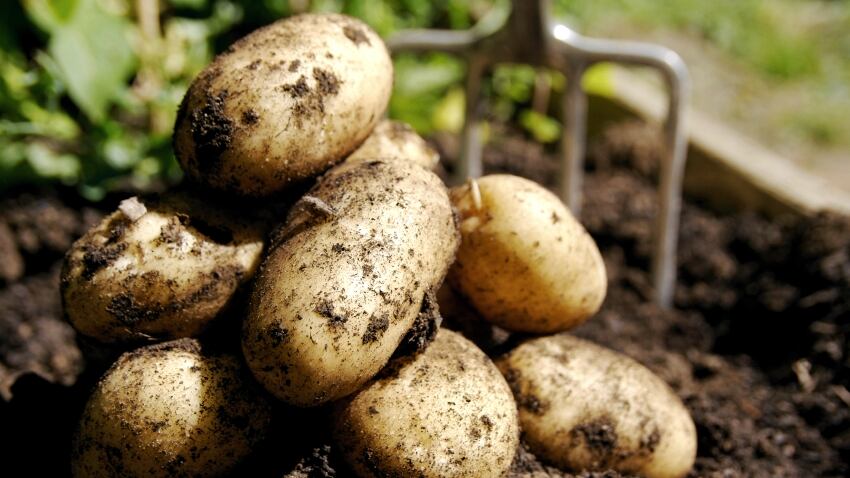Speaking at the launch of a new team of inspectors in Beijing, Bi Jingquan said that his department did not have the capacity to manage investigations into excessive residues of agricultural chemicals and veterinary drugs in the food supply.
Currently, the administration’s drug evaluation centre has only 130 staff, which last year inspected more than 40,000 suspect batches of food products, with 255 found to be in violation of food safety standards.
"Many of our front-line food safety inspection staff lack the professional knowledge or equipment for timely detection," Bi said.
The news follows a study last month that linked the consumption of food and water adulterated with veterinary antibiotics with childhood obesity.
The findings by researchers at Fudan University, which were published in the journal Environment International, followed a five-year study in Shanghai and found that 80% of urine samples taken from children aged 8-11 contained traces of the drugs.
According to the report, which detailed results from three groups comprising varying levels of antibiotic concentration, a "positive correlation" was found between the concentration of veterinary antibiotics ingested and the incidence of childhood obesity.
"In the high-concentration group, the incidence of overweight and obese children was three times that of the low-concentration group, and in the medium-concentration group the incidence was almost double that of the lowest group," it said.
Wang Hexing, the team's lead researcher, said that he believed the veterinary antibiotics mainly entered the human body through contaminated water and food.
Though similar studies have previously been carried out, these were largely confined to medicines indicated for use in humans, whereas Wang’s team focused on antibiotics used by veterinarians.
In Beijing, Bi said that routine supervision of animal food production and market inspections would now be strengthened further.
"A tracing system for problem animal food products will be established to help correct the problem from its origin," he said.
More stories from China...
Potato named as China’s newest staple
Five centuries after it was first introduced in China, the potato has finally been approved as a staple food and production is set to increase, according to the Ministry of Agriculture.

By 2020, 7m hectares of the crop will have been planted, with 30% of this to be processed into staple food, an MOA document predicts, on top of of the current 56m hectares of land currently producing potatoes. In 2014, China grew over 95m tonnes of fresh tuber.
Beijing a year ago began to assess classifying the potato, which it considers a grain, as its fourth such staple after rice, wheat and corn.
As a cheap source of nutrition, officials believe the potato will play a key role in their drive to increase food security. Though total grain output has increased in volume in each of the last 12 years, China still faces considerable pressure on its food supplies.
According to an assessment by the National Bureau of Statistics and CCM, a Chinese firm of analysts, the country’s total output of grains has struggled to keep up with demand, and it now imports an increasing amount of corn, wheat and rice, reaching 103m tonnes last year.
By 2020, the World Bank predicts that the total demand for grain in China will reach 670m tonnes and 700m tonnes by 2030.
With a huge international grain inventory and plummeting prices that in China are much lower than the cost of production, Beijing is seeking to tap into the potato’s easy growth and storage characteristics, seeing it as a “backup grain” that will help maintain supply and demand for domestic grains through a turbulent period in the international market.
In term of resource use, potatoes are more flexible than other grains, which are currently limited in terms of space and water supplies, according to Lu Xiaoping, deputy director of International Potato Centre.
“The resistance of potatoes to the environment is much better than that of other grains. For example, the potato performs better at the dry, high-temperature and low temperature conditions. Also, the potato saves more water in planting,” said Lu.
Though China leads the world in output and demand for potatoes, its yield and average consumption is much lower that the world average. At 41.2kg, the country’s per capita consumption is far less than in Europe and North America.
The MOA expects to increase yields to 19.5 tonnes per hectare in the next five years, and to 30 tonnes per hectare in the coming decade.
Blommer acquires Shanghai cocoa facility
America’s biggest chocolate supplier has acquired a manufacturing plant in Shanghai as part of an estimated US$40m investment in a fully integrated bean processing and chocolate manufacturing facility.

The plant will support growing demand for Blommer Chocolate Company’s ingredients in China and Asia-Pacific, the company said in a statement.
“Expanding our operations to China represents a new chapter in the growth of our company,” said Rick Blommer, president of global expansion.
“We assembled a talented sales and applications support team in our Pudong Shanghai office over the past year to develop our market presence and, with this acquisition, we are now well positioned to expand our offerings to the growing Chinese market.”
The plant will supply Blommer’s existing brand-name customers as well as an expanding number of local Chinese companies entering the market.
“This acquisition is an important component of our exciting multi-pronged strategy to further strengthen our leading market position in North America and establish strong growth platforms in developing markets,” said Peter Blommer, president and chief executive.
In the last 18 months, the strategy has increased the company’s chocolate and compound capacity by over 32,000 tonnes in North America. Current projects will further double this capacity over the next 12 months.
